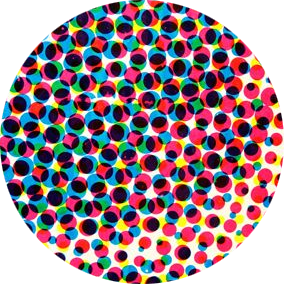The Return of the Repressed in “Afterlife with Archie”

Horror stories often literalize “the return of the repressed,” and “Afterlife with #Archie,” wherein zombie hordes rise in Riverdale to threaten the world, does the same. But in “Afterlife,” this return is both narrative & metatextual, evoking histories of comics censorship. 1/11




In his book “Twelve-Cent Archie,” comics scholar Bart Beaty describes Riverdale as a timeless “bucolic suburban utopia… in which social divisions—particularly those brought about by racial difference—do not exist.” Moreover, though romance exists, sexuality does not. 5/10

In “Afterlife,” the zombies herald the return of the repressed concepts of death and change. The apocalyptic conditions they create also inspire the return of repressed violence and sexuality, including, as discussed in a previous thread, queer sexuality. 6/11

But on a metatextual level, the intrusion of zombies into the world of Archie comics also signals the return of a repressed comics genre (horror) into a genre (teen humor) that historically contributed to and benefitted from that repression. 7/11

The anti-comics crusade of the 1950s, inflamed by Fredric Wertham’s bestseller “Seduction of the Innocent,” landed hardest on crime & horror comics. Indeed, the language of the 1954 Comics Code was designed to help drive leading horror publisher EC Comics out of business. 8/11

Archie publisher John Goldwater described himself as a “prime architect” of the Comics Code. Even if we accept his motivations were moral, Archie directly benefitted from the post-Code waning of other genres and publishers. By 1966, Archie held a huge market share. 9/11

Interestingly, the covers of “Afterlife” evoke the style of the same EC horror comics Archie once helped drive out of business. It also resurrects Archie’s then-repressed history, reprinting excerpts from the company’s 1972 horror anthology “Chilling Adventures in Sorcery.” 10/11

To what degree this return of the repressed critiques or deconstructs Archie’s historical participation in creative & social repression is subjective. But for attuned readers, part of the thrill of “Afterlife” is seeing Archie be transformed by what it tried to bury. 11/11
This thread has a video version! Watch below or on YouTube.
